Contents
Yogen-in Temple
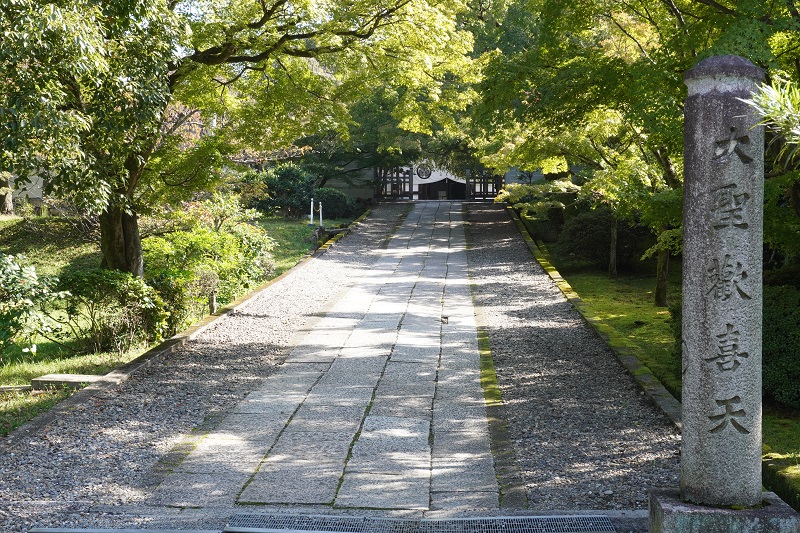
Yogenin Temple is the family temple of the Tokugawa family.
This temple was built by Hideyoshi Toyotomi in 1594 for Yodo-dono’s earnest wish, hideyoshi’s concubine, to mourn Nagamasa Azai’s spilit, her father.
Nagamasa Azai formed an alliance with Nobunaga Oda, his wife’s older brother, and he extended his influence from North-Omi to the northeast and established the golden age of Azai clan. However, he broke away from Nobunaga and was defeated in the battle of Odani Castle against Nobunaga and killed himself. The name of the temple comes from “Yogenin”, which is the posthumous Buddhist name of Nagamasa.
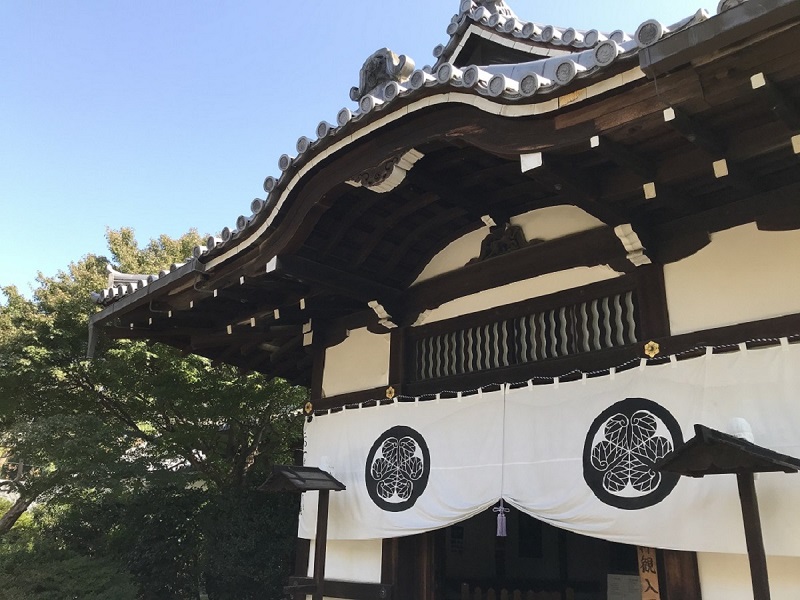
■Nagamasa Azai
Nagamasa had three daughters, Yodo-dono, Ohatsu and Ogo with his wife Oichi no Kata. These sisters are very famous in history as people who were at the mercy of the times. Nagamasa took his wife and daughters out of the castle and returned them to Nobunaga before committing suicide. It is said that Oichi no Kata was very beautiful and they lived happily together.
■Reconstruction of the temple
After the death of Yodo-dono, the temple was destroyed by fire in 1619. However, it was rebuilt in 1621 by Ogo (Sugen-in), Tokugawa second shogun Hidetada’s lawful wife. There was a great deal of effort by Ogo in the reconstruction. It is explained below.
Highlights in the temple
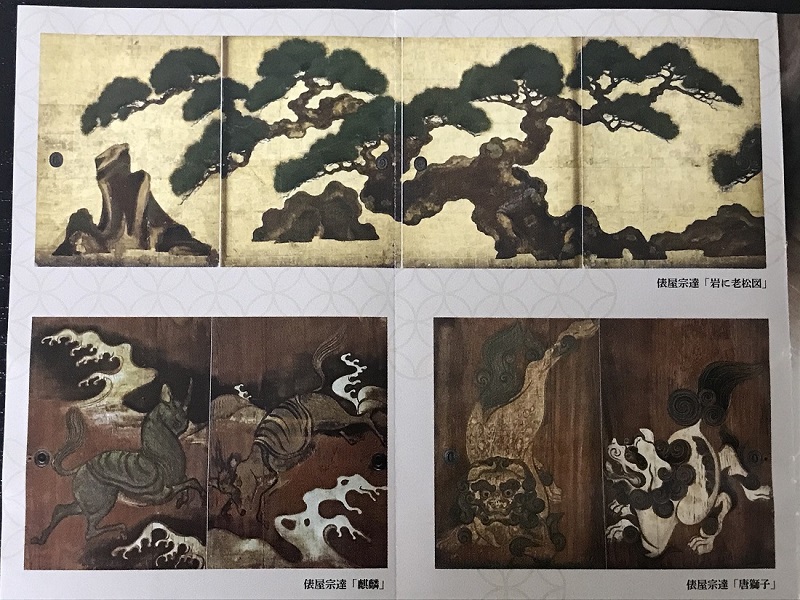
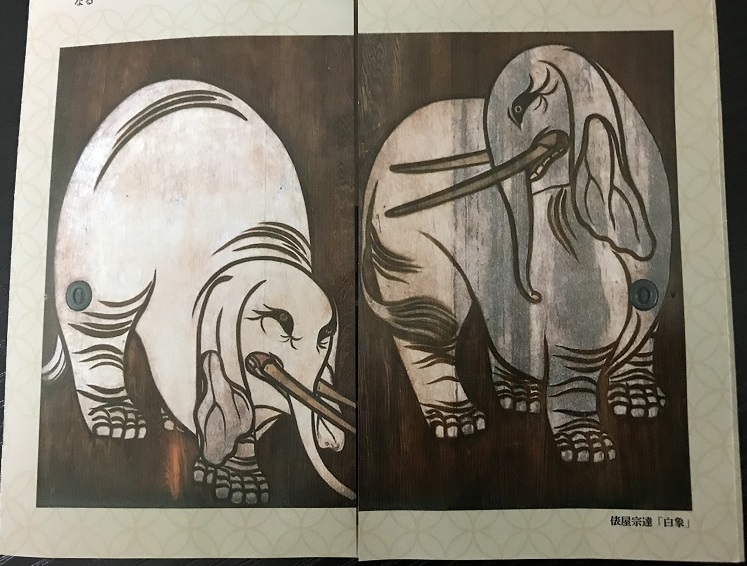
Since this temple was built by the Toyotomi family, there was opposition from the Tokugawa clan to rebuild it. Ogo was rebuilt under the pretext of memorializing the Tokugawa vassal who had committed suicide in the battle of Fushimi Castle in 1600. At the Battle of Sekigahara, the floorboards of Fushimi Castle had blood stains from the Tokugawa vassals, and the floorboards are used as the ceiling board of the temple. This temple is famous for its “blood ceiling”. The priest will explain the details.
■Paintings by Sotatsu Tawaraya
You can see Sugido-e, paintings on cedar-board doors, which are the successful works of Sotatsu Tawaraya, a painter from the early Edo period. There are also fusuma-e (paintings on the sliding partitions). It is said that they were drawn in mourning for the people who died in Fushimi Castle. Expressive sacred beasts are drawn in the Sugio-e paintings. They are important cultural properties.
Access
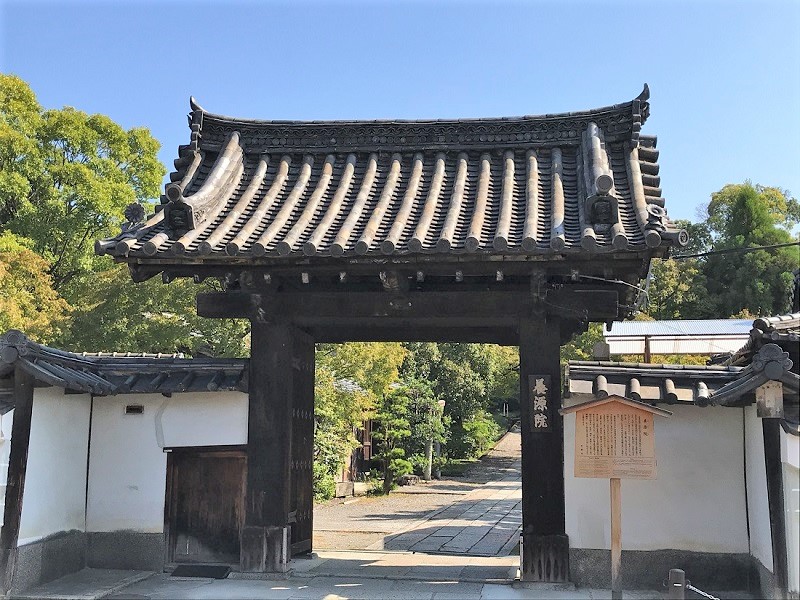
It is a short distance from the city bus stop “museum Sanjusangen-do”.
Click here for information of Sanjusangen-do Temple.
Click here for information of Chishaku-in Temple.